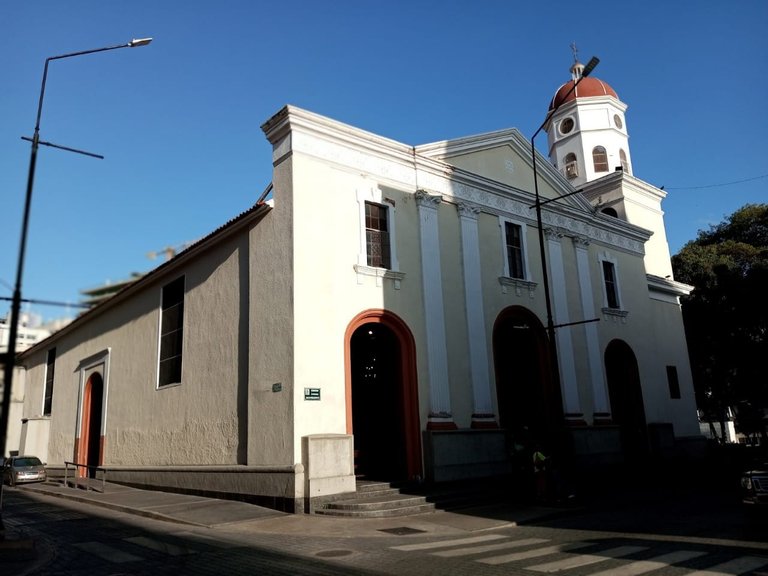
Buenos días amigos de esta maravillosa red social (Hive), hoy les voy a compartir una estructura religiosa considerada la primera iglesia católica del Municipio Chacao (Venezuela), esta iglesia se le conoce como la Iglesia de San José. La construcción de este recinto religioso se llevó a cabo en la época colonial. Como era costumbre y tradición en épocas de la colonia, cuando se fundaba un pueblo, el fundador lo hacía en nombre de Dios y el Rey, una vez fundado, éste dejaba a la comunidad bajo la protección de un Santo.
Good morning friends of this wonderful social network (Hive), today I am going to share a religious structure considered the first Catholic church in the Chacao Municipality (Venezuela), this church is known as the Church of San José. The construction of this religious enclosure was carried out in colonial times. As was customary and tradition in colonial times, when a people was founded, the founder did so in the name of God and the King, once founded, left the community under the protection of a Saint.
El 19 de Abril del año 1768 es fundado el pueblo de Chacao por Don José Solano y Bote dejándolos bajo la protección o égida de San José. Seguidamente, le concedió el permiso a los habitantes del pueblo para que construyeran una capilla, siendo la virgen Nuestra Señora del Socorro la primera imagen sagrada que llegó al pueblo.
On April 19, 1768, the town of Chacao was founded by Don José Solano y Bote, leaving them under the protection or aegis of San José. He then granted permission to the villagers to build a chapel, with the Virgin Our Lady of Help being the first sacred image to reach the village.
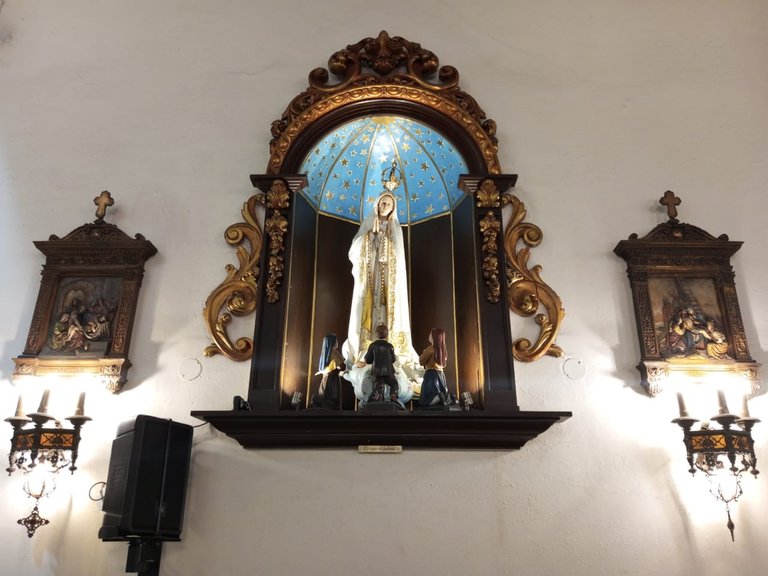
Para ese mismo año (1768) pero el primero de noviembre, la capilla ya estaba construida y lista para celebrar en ella los oficios religiosos, los cuales se llevarían a cabo dos días después, una vez se le fuera concedido el permiso para bendecirla y entronizar la imagen de la virgen de Nuestra Señora del Socorro. Es desde ese entonces que el municipio Chacao cuenta con la protección de un Patrono (San José) y una Vicepatrona, (Nuestra Señora del Socorro).
By that same year (1768) but on the first of November, the chapel was already built and ready to celebrate in it the religious services, which would take place two days later, once it was granted permission to bless it and enthrone the image of the Virgin of Our Lady of Help. It is since then that the municipality of Chacao has the protection of a Patron (San José) and a Vicepatrona, (Nuestra Señora del Socorro).

La iglesia fue construida bajo un estilo colonial español con elementos de estilo rococó. Su diseño está definido por una planta de tres naves, una nave central dos laterales. La iglesia cuenta con un presbisterio, la sacristía, el altar mayor, y la torre del campanario. Su fachada principal se define por las tres naves estructurales y la torre del campanario. El ingreso al templo se puede dar gracias a cinco vanos (puertas), dos de estos accesos están ubicados en las fachadas laterales (uno en cada lateral) y tres en su fachada principal.
The church was built under a Spanish colonial style with Rococo style elements. Its design is defined by a plan of three naves, a central nave two lateral. The church has a presbytery, the sacristy, the high altar, and the bell tower. Its main façade is defined by the three structural naves and the bell tower. The entrance to the temple can be given thanks to five openings (doors), two of these accesses are located on the side facades (one on each side) and three on its main façade.
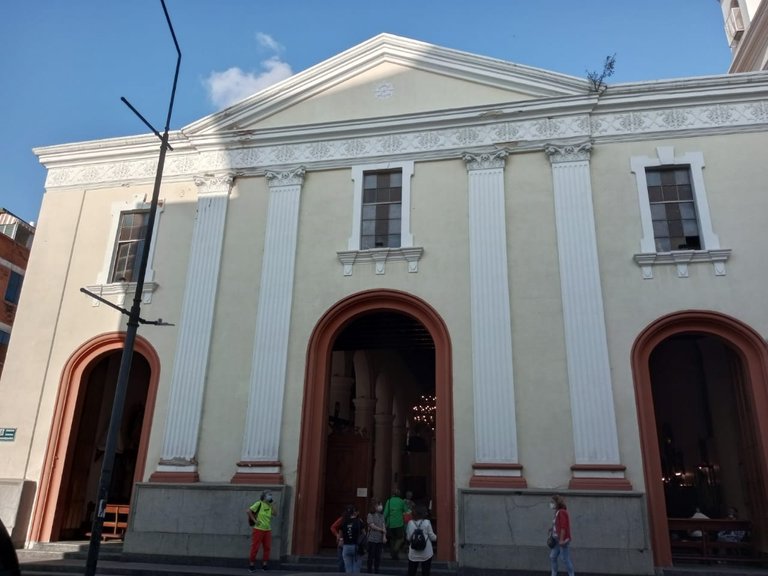
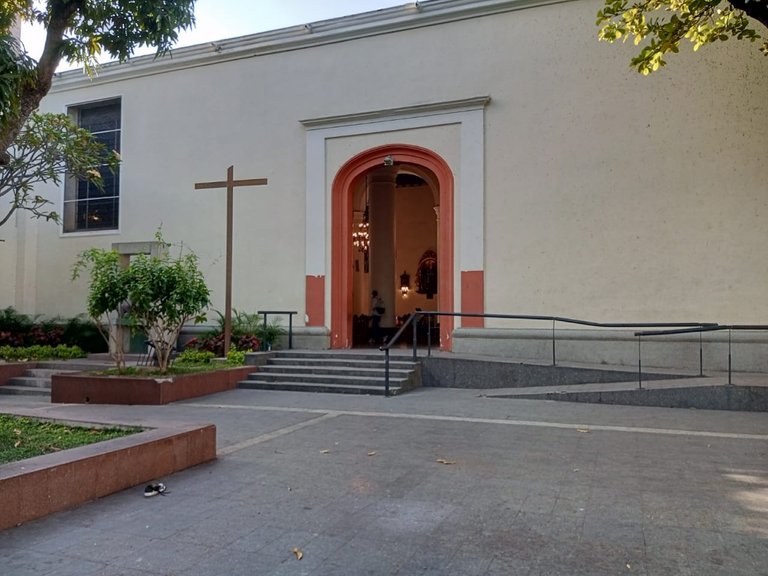
Su cubierta de techo está construido en madera, su diseño esta representado por un techo a dos aguas que se ve reforzado con tirantes dobles, este es un recurso muy habitual de los templos coloniales venezolanos. El diseño arquitectónico y estructural de la iglesia nos muestra que las naves están separadas entre sí por arcos a medio punto que están sobre columnas cilíndricas.
Its roof cover is built in wood, its design is represented by a gable roof that is reinforced with double straps, this is a very common resource of Venezuelan colonial temples. The architectural and structural design of the church shows us that the naves are separated from each other by semicircular arches that are on cylindrical columns.

El piso y los escalones del interior de la iglesia tiene un acabado con granito pulido. Entre los detalles internos de su arquitectura, se observan lámparas colgantes de gran tamaño que junto a la luz natural que ingresa por los vanos (puertas y ventanas) de sus fachadas laterales y principal permiten que se ilumine tanto de noche como de día.
The floor and steps inside the church is finished with polished granite. Among the internal details of its architecture, there are large hanging lamps that together with the natural light that enters through the openings (doors and windows) of its side and main facades allow it to be illuminated both night and day.

Al observar el exterior de la Iglesia San José de Chacao (Venezuela), se puede apreciar que su fachada principal de un cuerpo, mide 12 metros de altura aproximadamente desde el piso hasta su cubierta de techo. En la fachada se aprecian 4 pilastras en toscanas apoyadas sobre 2 pedestales. También podemos identificar 6 vanos, tres ventanas y tres puertas (dos vanos por nave).
When looking at the exterior of the San José de Chacao Church (Venezuela), it can be seen that its main façade of a body, measures approximately 12 meters high from the floor to its roof cover. On the façade there are 4 pilasters in Tuscans supported on 2 pedestals. We can also identify 6 openings, three windows and three doors (two openings per nave).
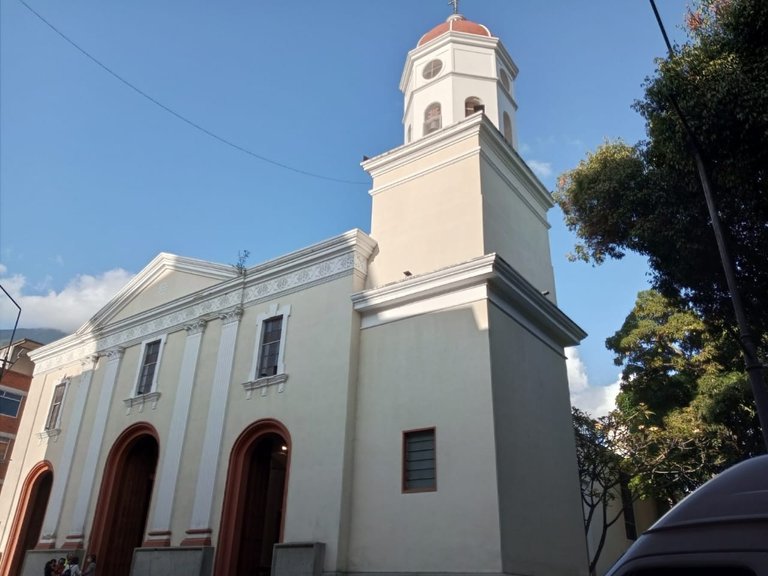
El Templo conserva muros originales, reforzando la maravilla de la ingeniería civil de la época colonial, donde destacan materiales como: piedras y ladrillos, frisos de arena y cal, su torre de campanario cuenta con una pequeña cúpula cubierta por teja de arcilla, en fin es una iglesia que llama la atención por su diseño arquitectónico, además de ser la pionera de las iglesias de este municipio (Chacao, Venezuela).
The Temple preserves original walls, reinforcing the wonder of civil engineering of the colonial era, where materials such as stones and bricks, friezes of sand and lime stand out, its bell tower has a small dome covered by clay tile, in short it is a church that attracts attention for its architectural design, in addition to being the pioneer of the churches of this municipality (Chacao, Venezuela).
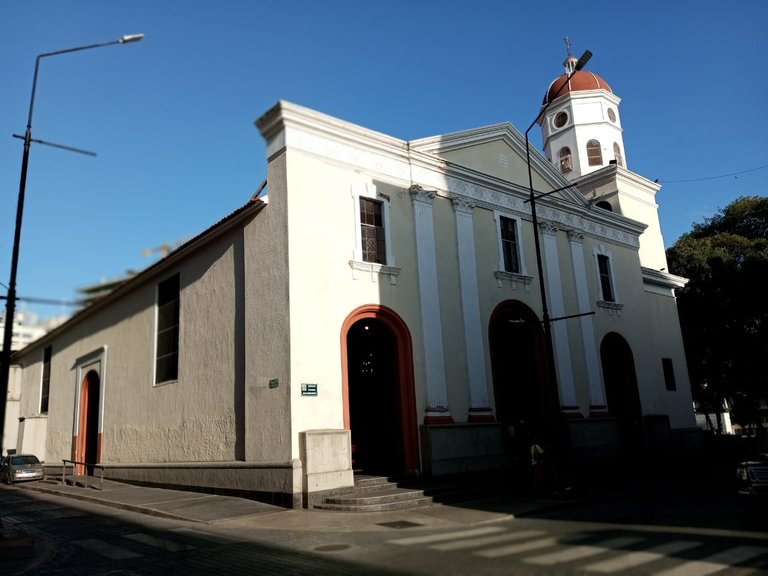
Ahora les invito a ver las fotográfias de esta estructura religiosa que compartiré con ustedes. Muchas gracias por llegar hasta aquí, que tengan un día muy productivo. Gracias.
Now I invite you to see the photographs of this religious structure that I will share with you. Thank you very much for coming this far, have a very productive day. Thank you.
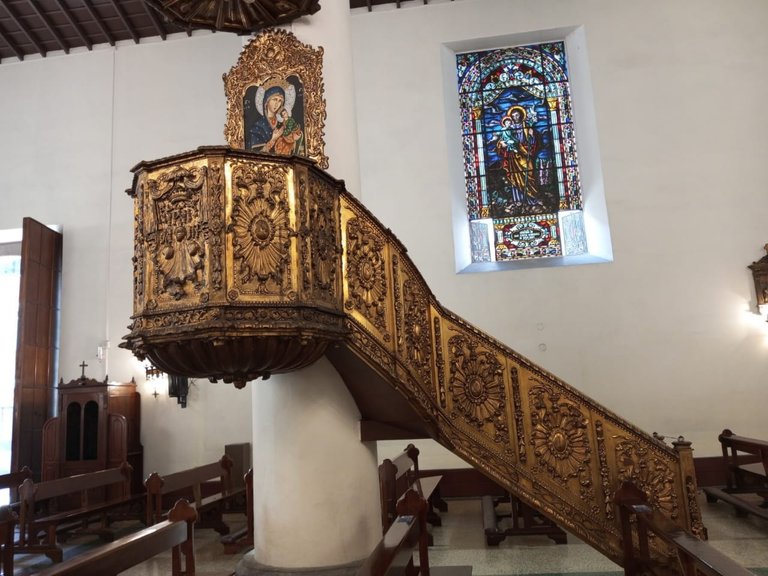

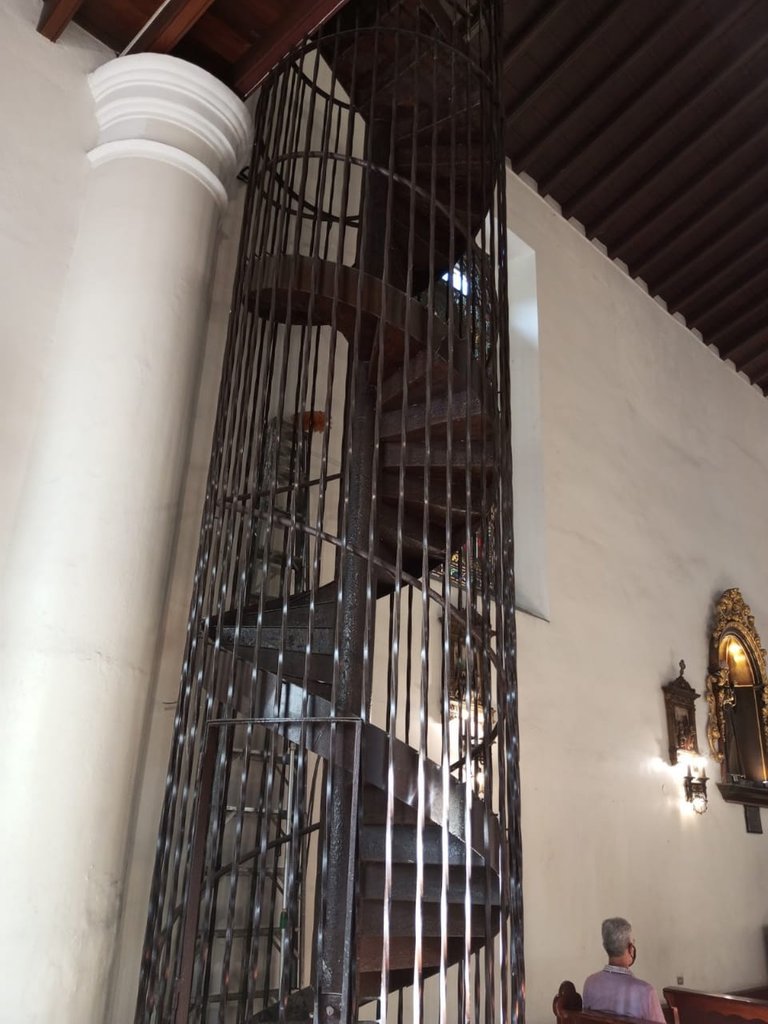
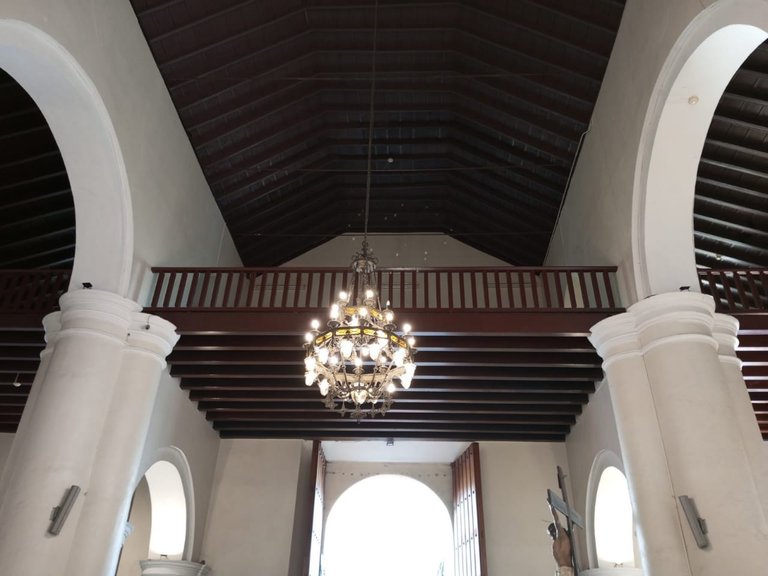
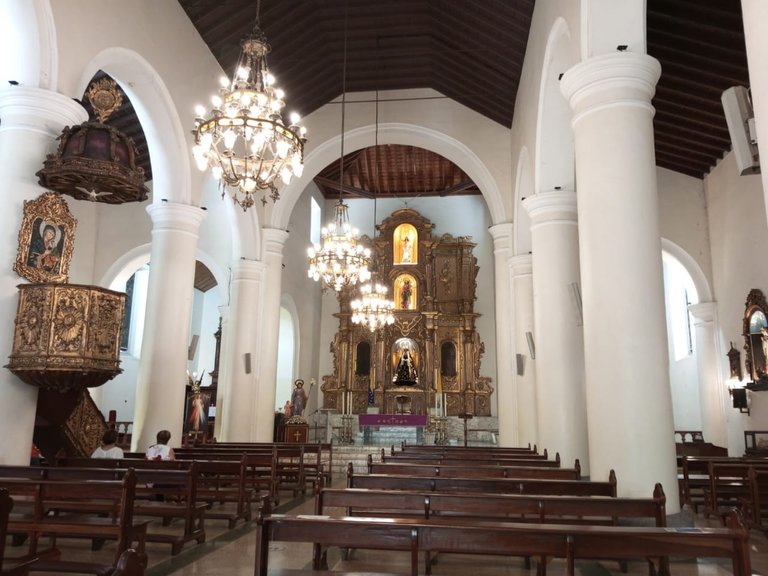
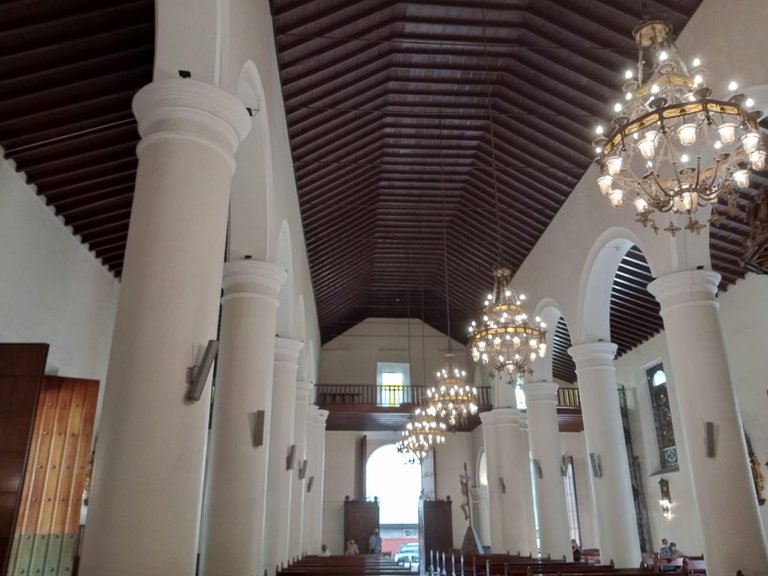
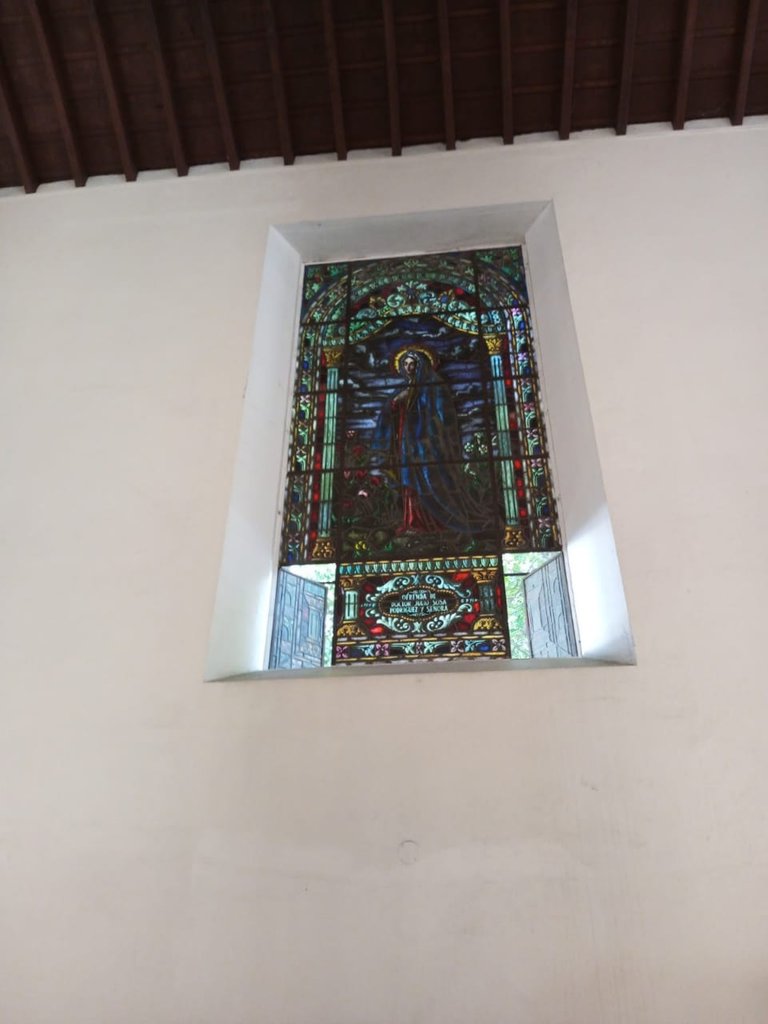
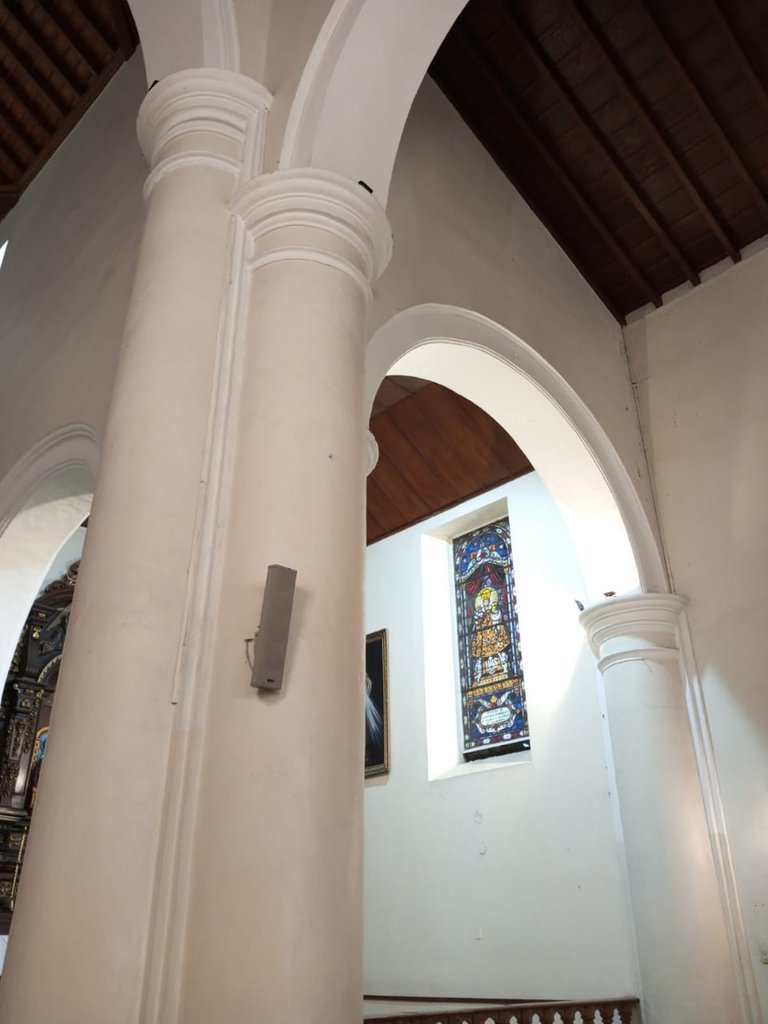
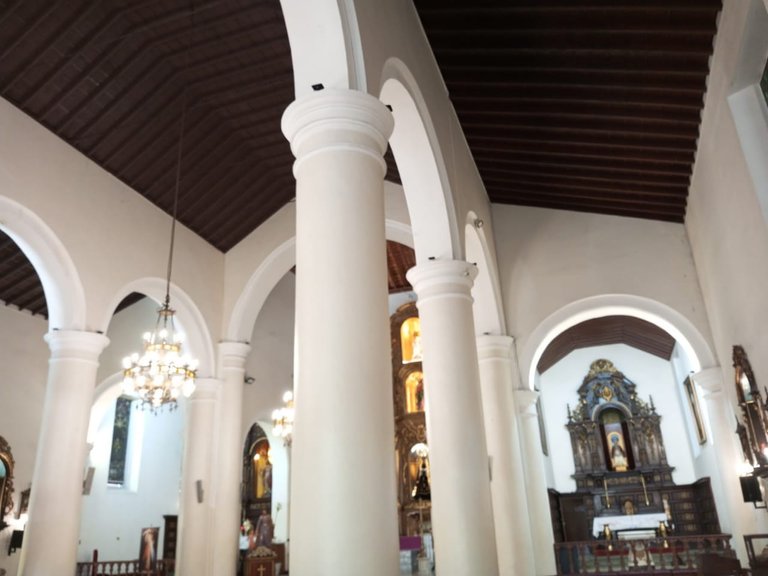

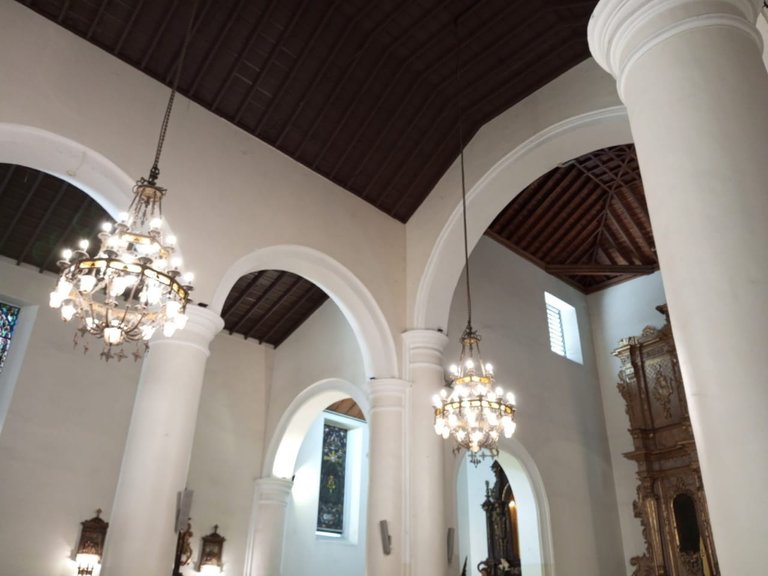

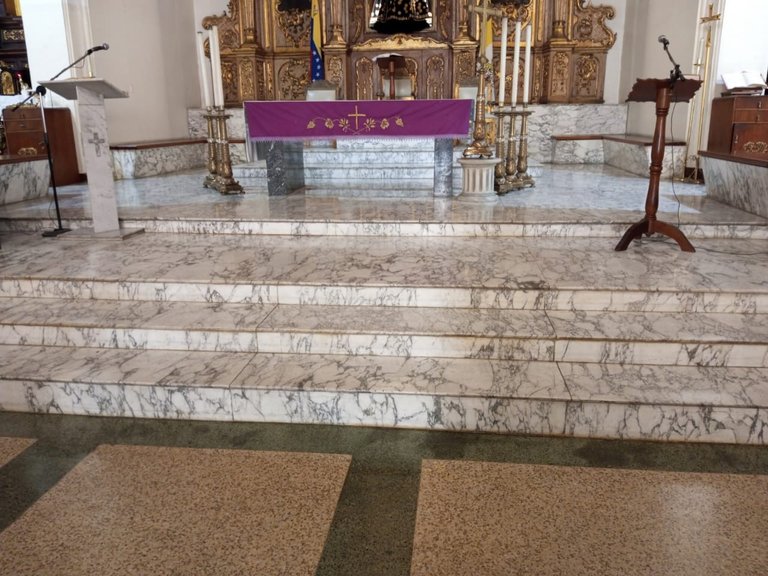

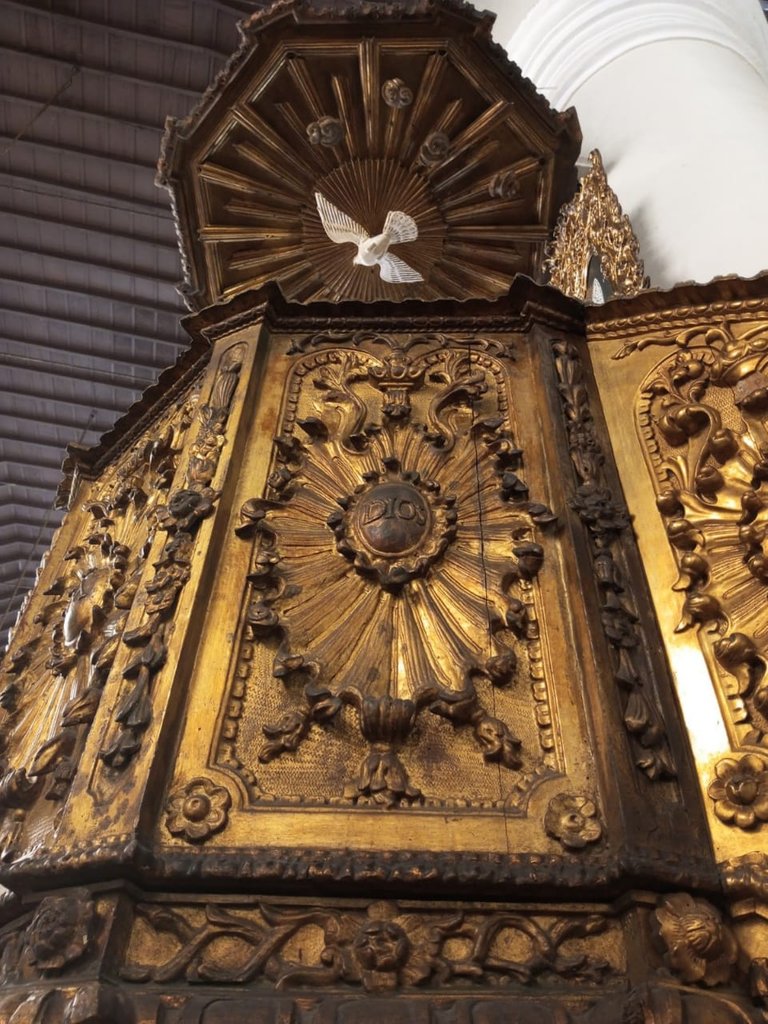
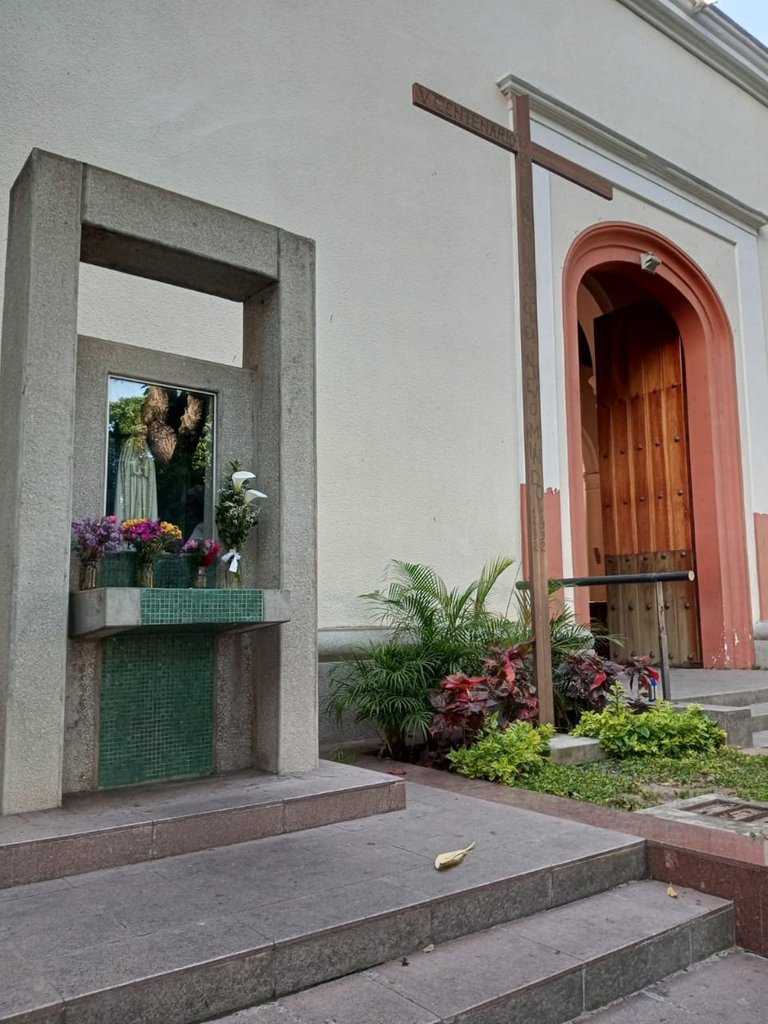
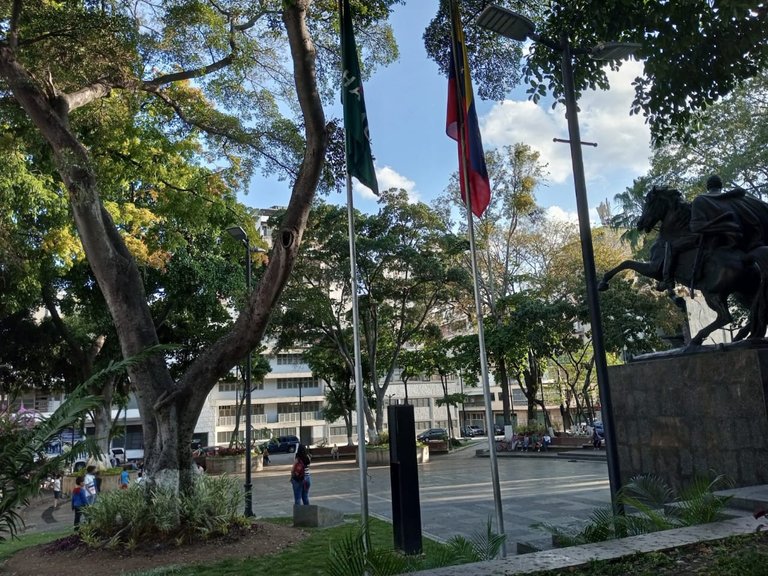
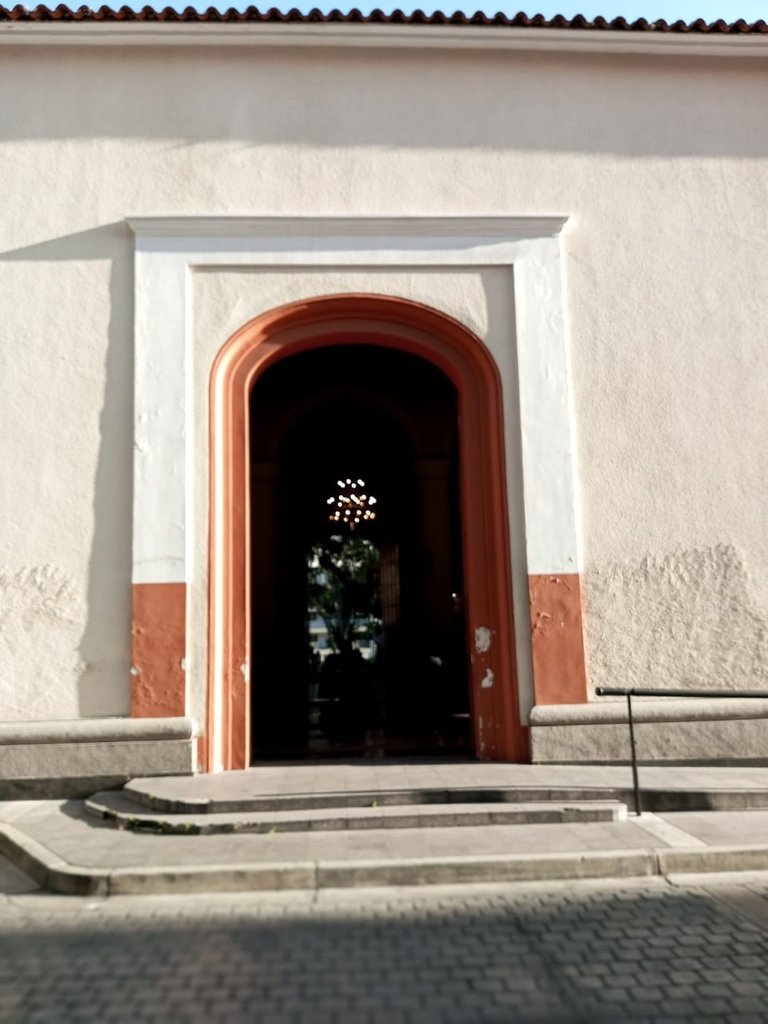
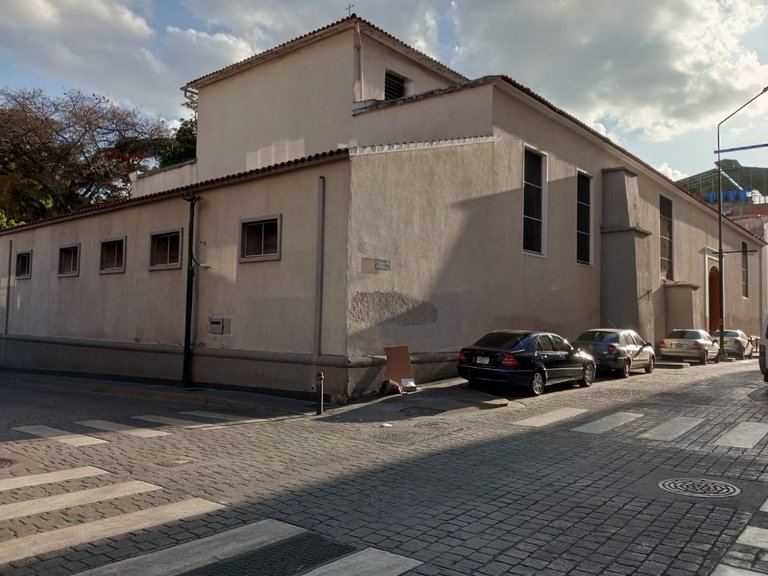


👇 👇 👇 👇
📱 SPARK 8P TECNO cell phone.





